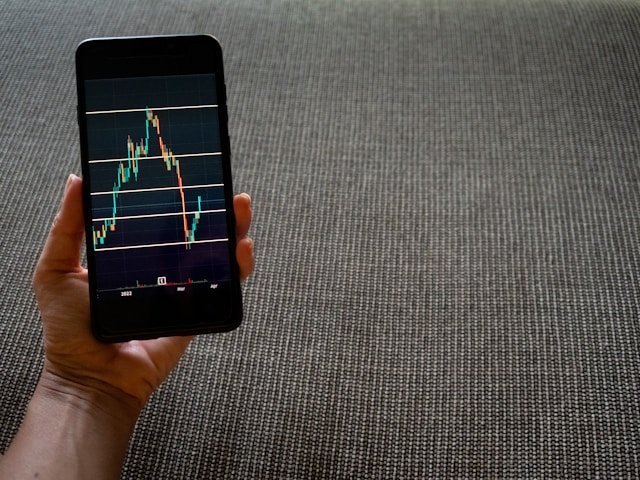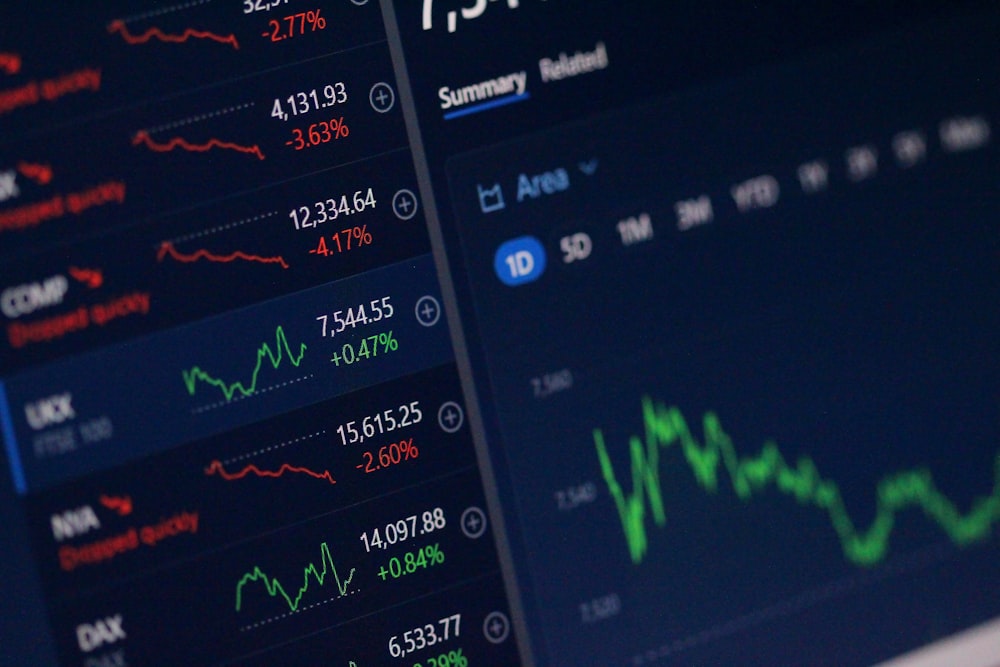CFD Trading for Beginners: Things to Know
CFDs, or Contracts for Difference, are a special way for traders to profit from market fluctuations without actually owning the underlying assets. In other words, the CFD trading with your dealer provides you with the opportunity to exchange the difference between the opening and closing prices of an asset multiplied by your selected units later based on the margin you have agreed upon in your CFD contract.

A CFD is a contractual agreement between a trader and a broker that allows investors to trade on the movement of financial assets such as forex pairs, indices, and individual stocks. Profits (and losses) are made by the difference between the purchase and sale prices of each contract.
Ready to get into CFD trading? In this article, let's take a look at the main points of Contracts for Difference, which are also known as CFDs.
1. Exploring CFD Trading: Understanding the Fundamentals
CFDs, or Contracts for Difference, are a special way for traders to profit from market fluctuations without actually owning the underlying assets. In other words, the CFD trading with your dealer provides you with the opportunity to exchange the difference between the opening and closing prices of an asset multiplied by your selected units later based on the margin you have agreed upon in your CFD contract.
The flexibility of CFDs not only covers stocks from Apple to FTSE but also commodities like coffee. But what is the process of it all? Let's break it down.
When you initiate a CFD trade, you're executing two transactions: opening and closing positions. If you open with a long position (buy), you'll sell to close, and if you start with a short position (sell), you'll buy to close. Your profit or loss is the difference between the closing and opening prices, with commissions and financings factored in by your CFD provider.
Now, let's talk margin.
2. Growing Trading Capital with CFD Margin: Leverage
Margin trading is a key feature of contract for difference (CFD) trading, whereby traders can enter positions with just a fraction of the total value of the underlying assets. Usually, margins are determined by your CFD provider and they are between 10% and 20% of the asset's market value.
Consider this scenario: Allison wants to own 1,000 shares of LMN, Ltd. which costs $3 per share. 00 each. A margin requirement of 10% means that her initial outlay is computed as $300. This leverage makes Allison able to control a large position with a small investment, compared to traditional direct trading.
Nevertheless, it is necessary to realise that the leverage not only multiplies profits but also losses. If the market moves against you, you may suffer losses that are greater than your initial capital. This could trigger a margin call from your broker.
3. Choosing Your CFD Trading Model: MMA vs. DMA
There are two primary business models for CFD trading: Market Maker Agreement (MMA) and Direct Market Access (DMA).
At MMA, the broker determines the prices of the underlying assets and may cause the requotes or the additional spreads to appear. On the other hand, DMA allows traders to see the real prices of the market, which is transparent and traders can trade during pre-opening and pre-closing phases, which is perfect for capitalising on the heightened volatility.
It does not matter whether you choose MMA or DMA; you have to understand these models to ensure that you trade CFDs effectively.
Top Tips and CFD Trading Strategies for Beginners
Practice with demo accounts: Get to know the trading software and tools that are available to you from your chosen CFD broker and trade using ‘play money’. This risk-free environment provides you with a chance to get a feel of the markets without opening a real money account.
- Always have a trading strategy: CFD trading beginners are highly likely to leave the plan and go off-script if the trading plan is not clearly defined. This may cause overtrading, i.e. entering markets you wouldn’t normally trade due to your original trading approach.
- Use Stop-loss orders: Stop-loss orders are the best way to limit your losses. First and foremost, risk management serves as a way of protecting your trading bank when you are trading for the first time. Next, it implies you won’t have to be at the wheel every hour.
- Limit your leverage: The larger the leverage you are borrowing from your CFD broker, the less legroom you are giving yourself. If the market goes against you, you will have very little chance to close your position without incurring a big loss.
The Main Factors for Success in CFD Trading
There are three ways you can improve your trading skills and prepare There are three ways you can improve your trading skills and prepare yourself for potential long-term profits in the CFD markets:
1. Become a Master in Trading Psychology and Risk Management
Acknowledge that trading stocks are highly emotional. Successful CFD traders can hold their temper by using risk management tools to reduce emotional biases, making sure they make rational decisions during market fluctuations.
2. Learn From the Common CFD Trading Pitfalls
Successful traders do not only study other people's mistakes but also take a look at both profitable and losing trades to learn from them. Having a trading journal makes it possible to go over past actions, improve strategies, and avoid mistakes again and again.
3. Use Risk-Minimizing, Gain-Maximizing Strategies
Top CFD traders understand the importance of risk-reward ratios, and they use methods that are meant to maximize profits and minimize potential losses. This strategy boosts the prospect of long-term profitability in the market.
What's Your Reaction?












![Wireless Connectivity Software Market Size, Share | Statistics [2032]](https://handyclassified.com/uploads/images/202404/image_100x75_661f3be896033.jpg)



